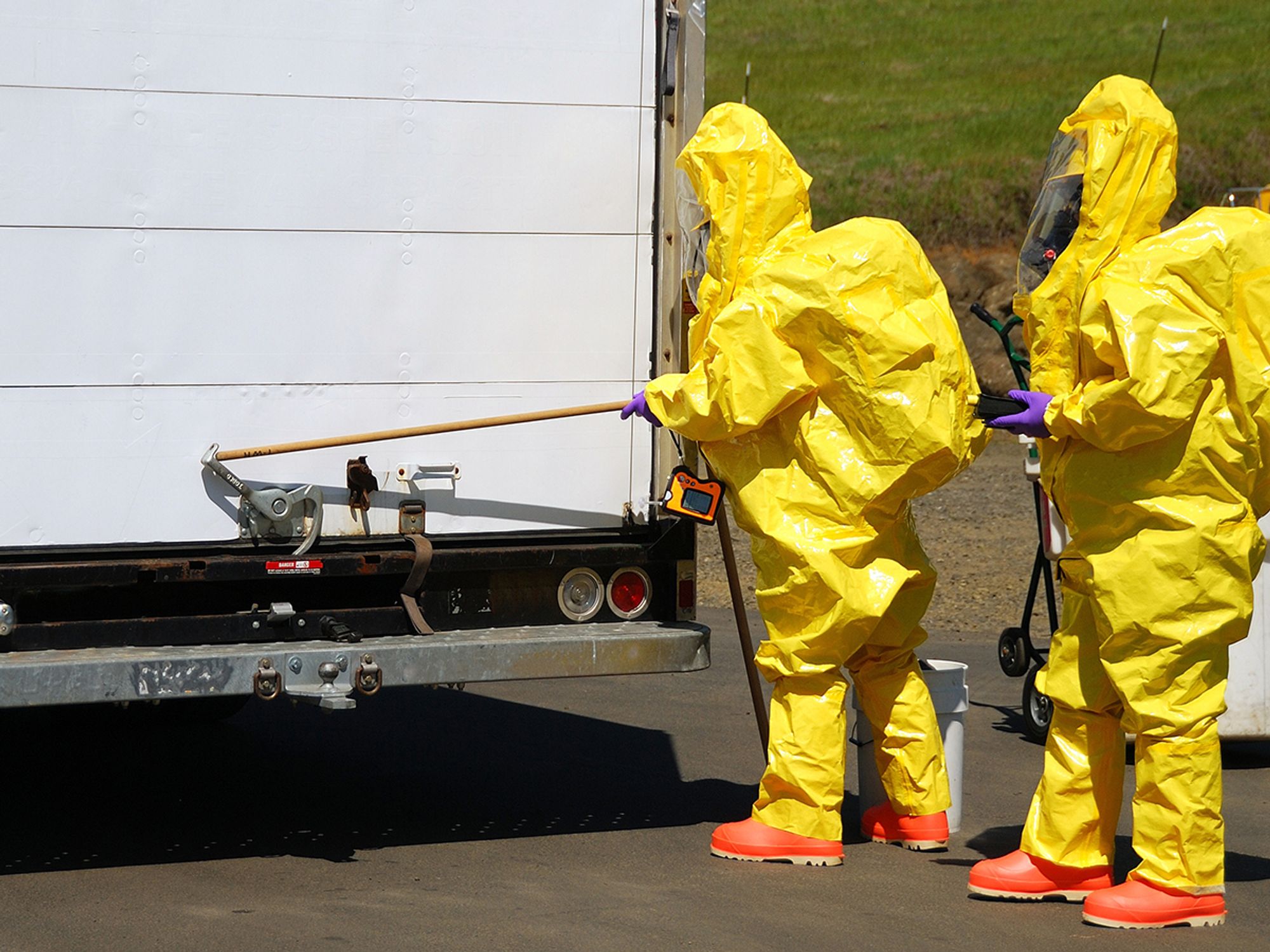Site characterization and analysis

- Site characterization refers to a three-stage process of identifying and evaluating the hazards on a site.
Paragraph (c) of 29 CFR 1910.120 and 1926.65 addresses the requirements for site characterization and analysis.
When a cleanup site is “characterized,” the hazards on that site are identified. Knowing site hazards allows effective ways to be found to control those hazards. During site characterization, the idea is to get as much detailed information as possible in order to better protect site personnel.
Anyone responsible for site characterization must be qualified to identify hazards, interpret the data collected, and help select control methods. In addition, outside experts may be needed to help to fully interpret all the data. Chemists, health physicists, industrial hygienists, and toxicologists who have specialized knowledge can prove very helpful.
There are essentially three phases of site characterization:
- A preliminary evaluation
- Initial site entry
- Ongoing evaluation
Data gathered in the preliminary evaluation are used to write the initial plan and then, after the initial site entry, the plan is revised with the new data obtained during the entry. Any time ongoing evaluations reveal new information, the site-specific safety and health plan must be modified.
